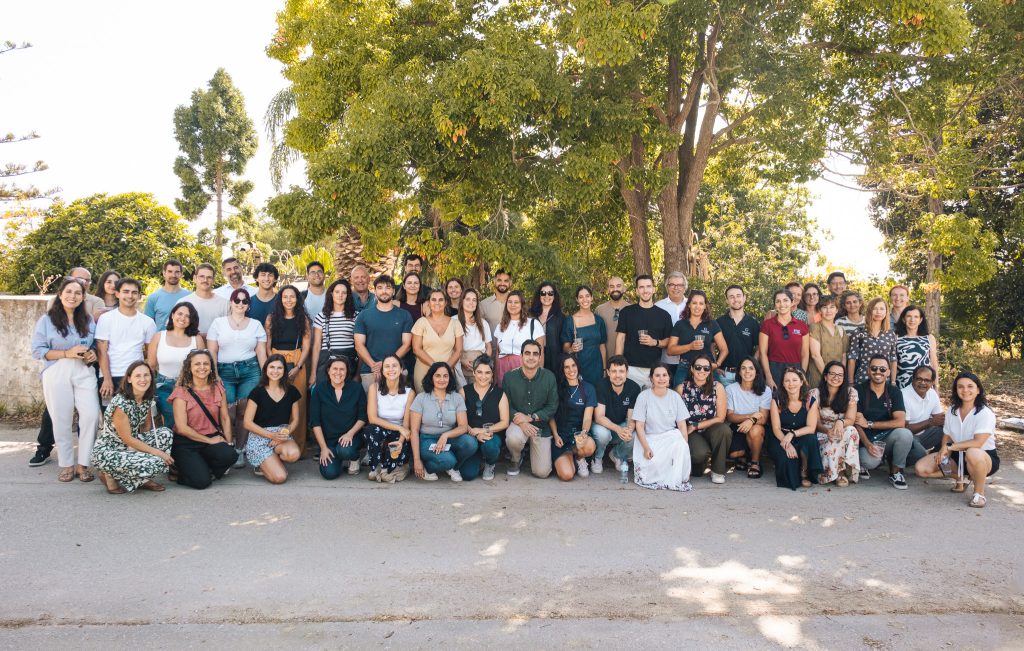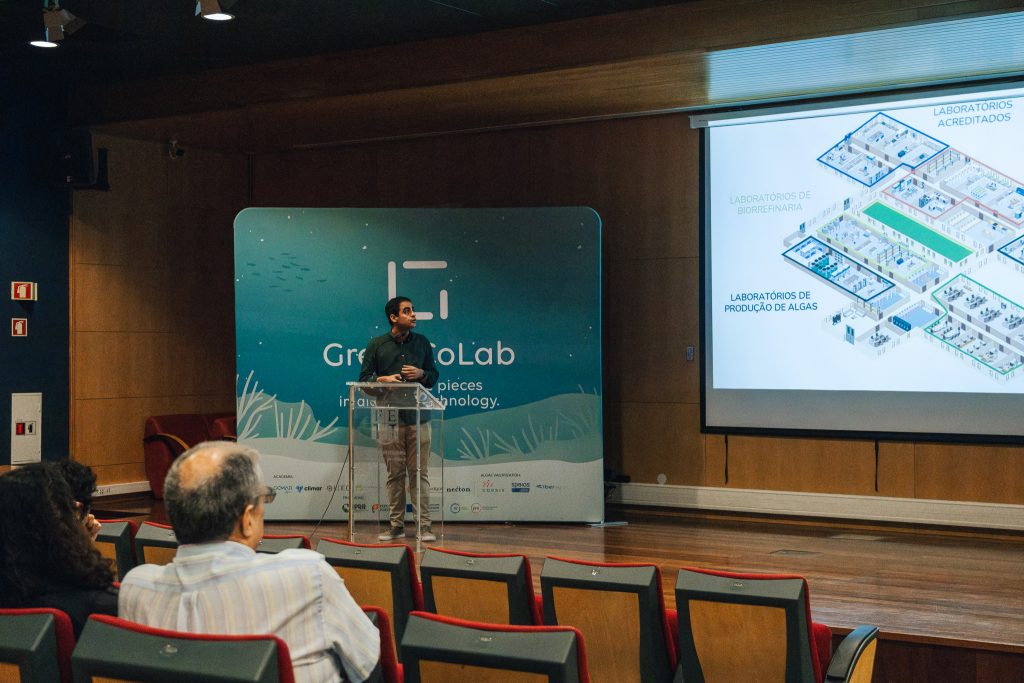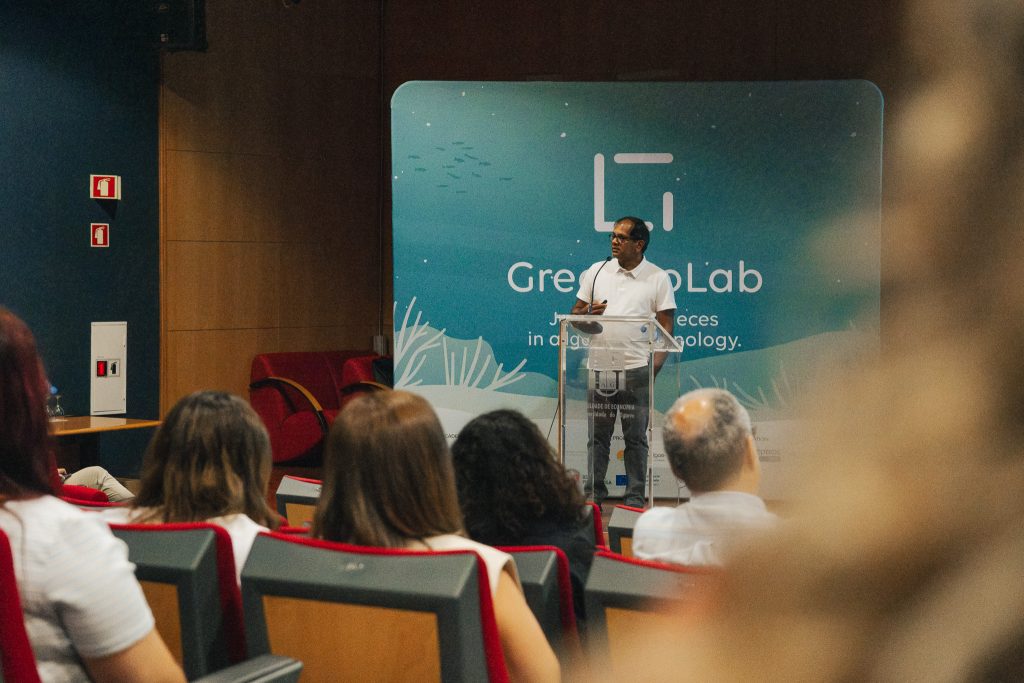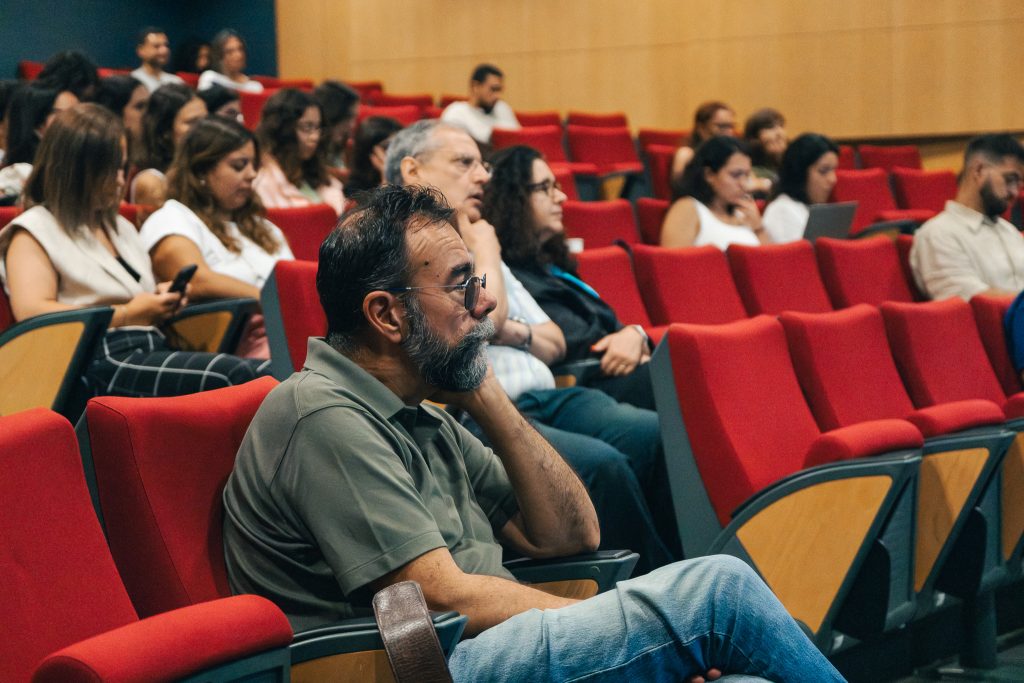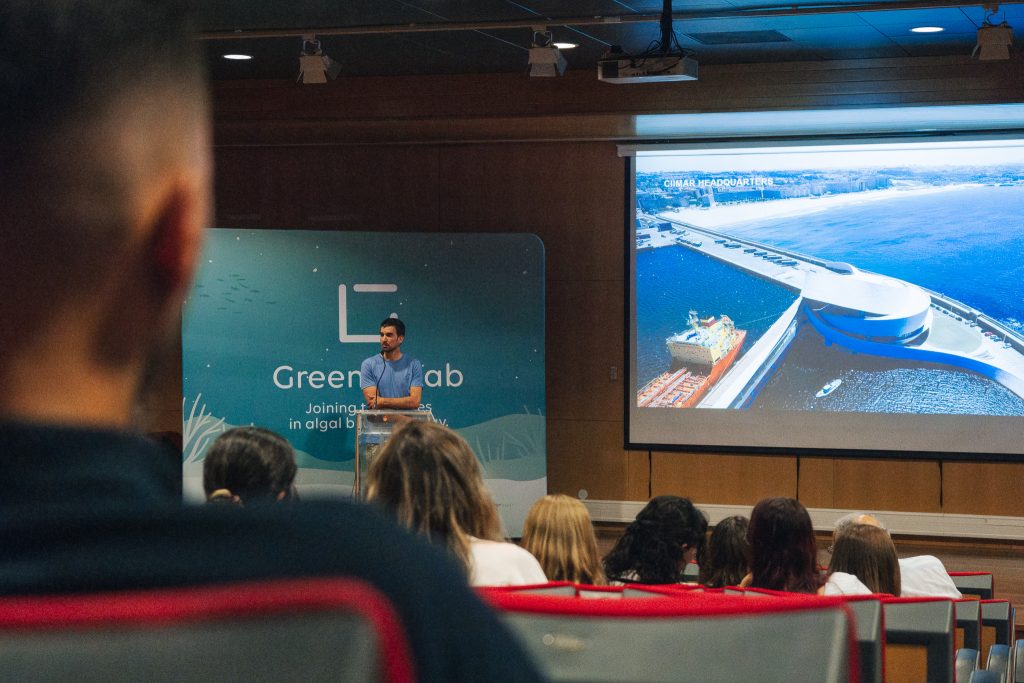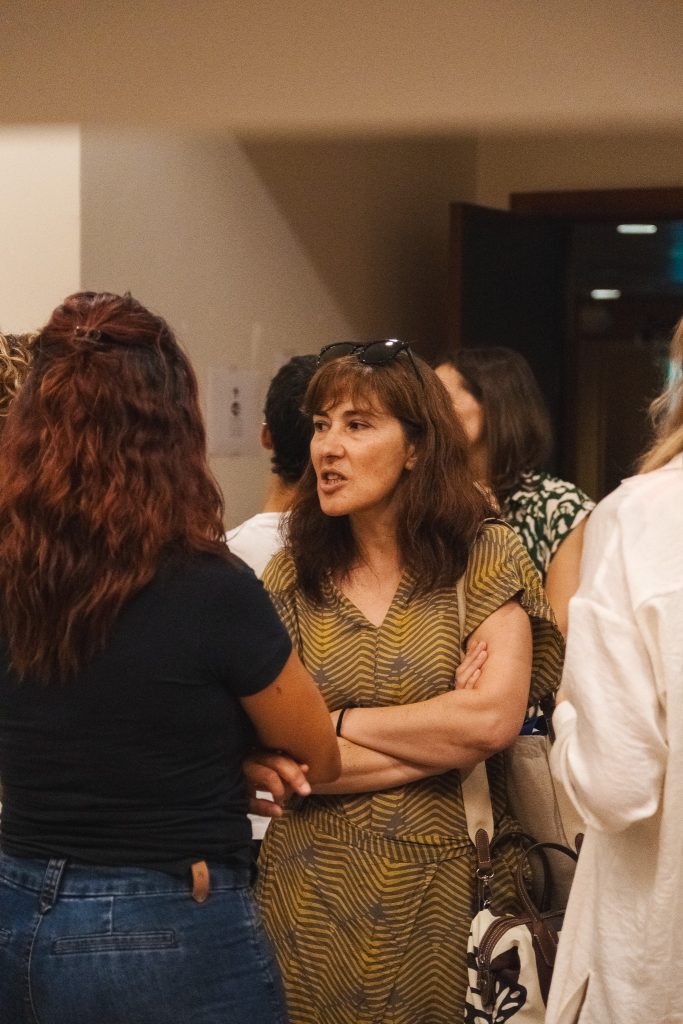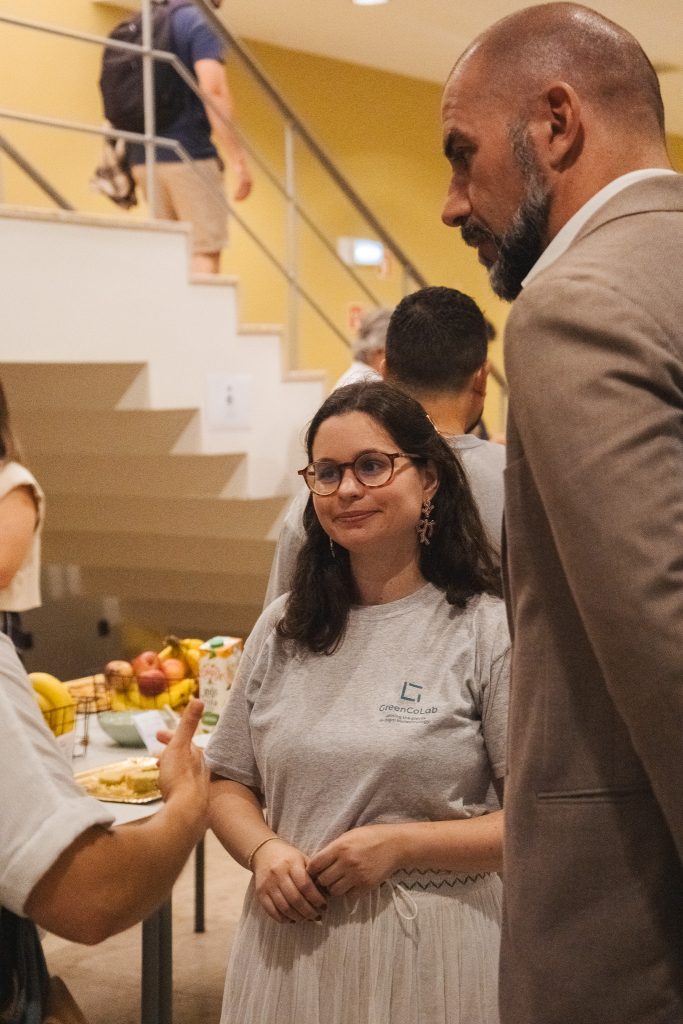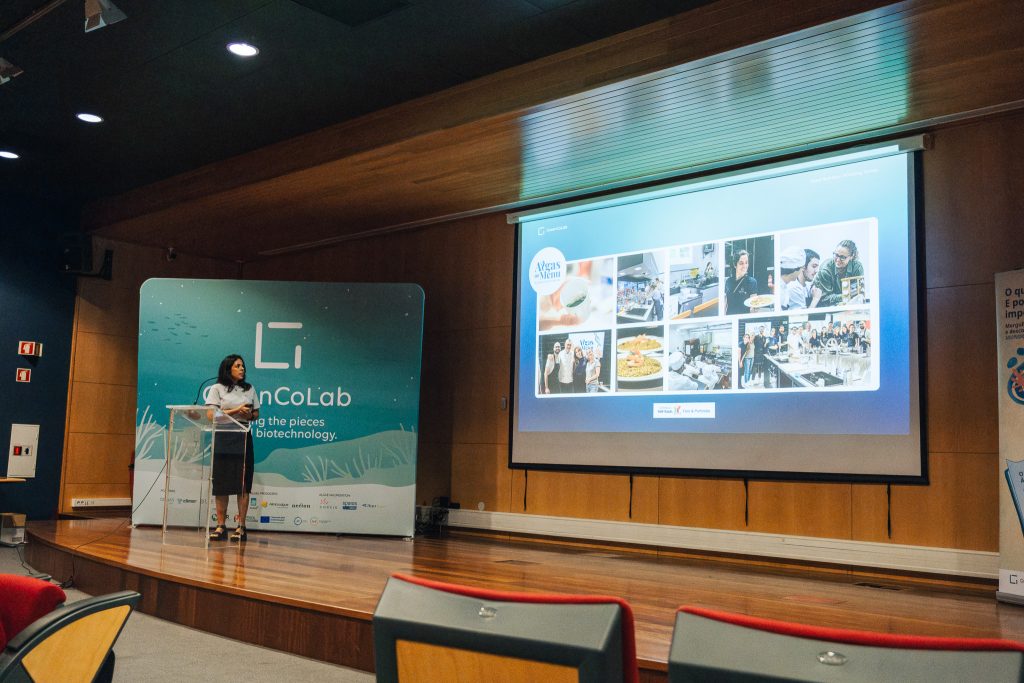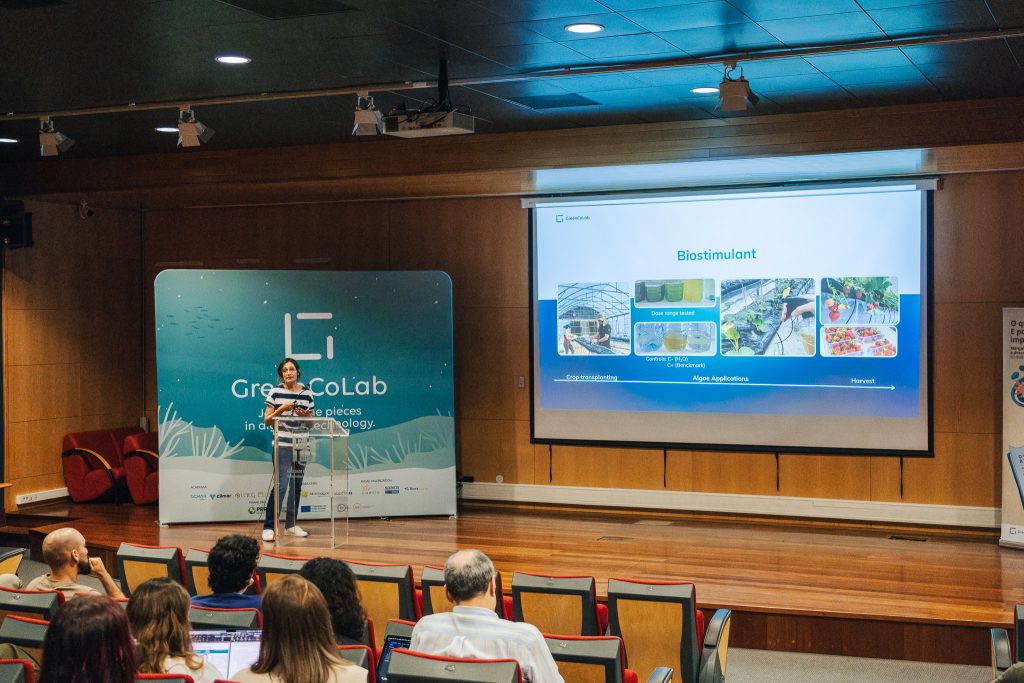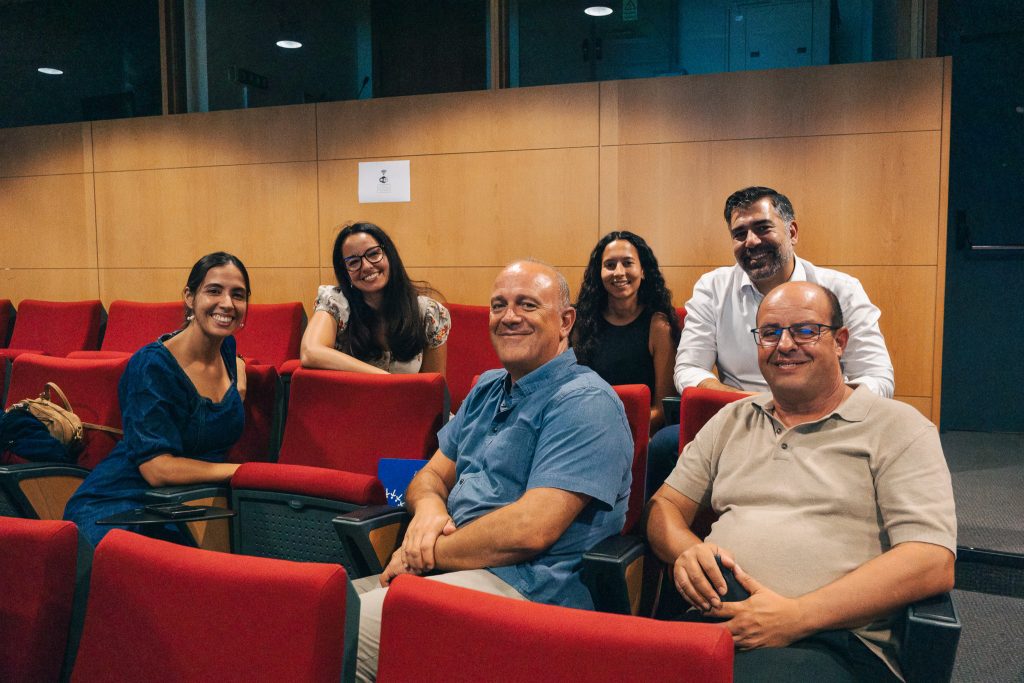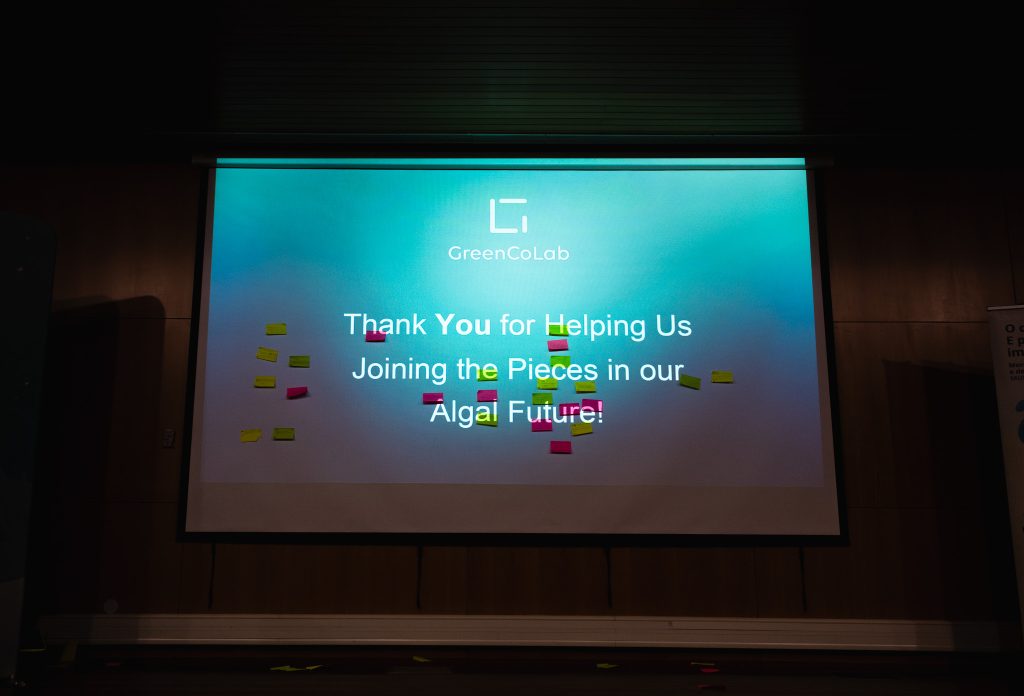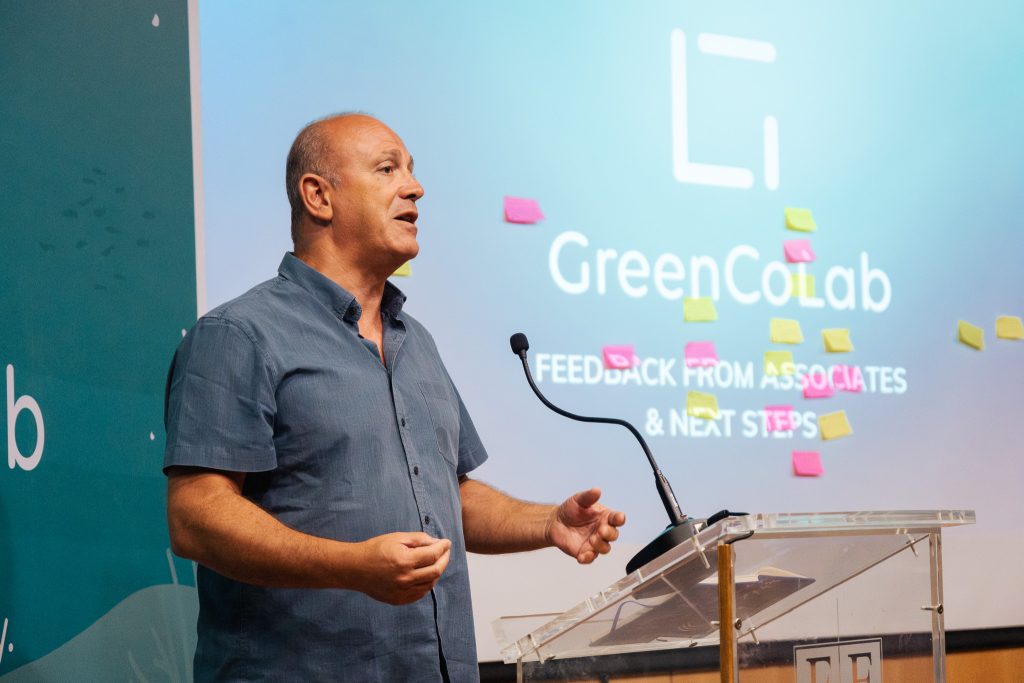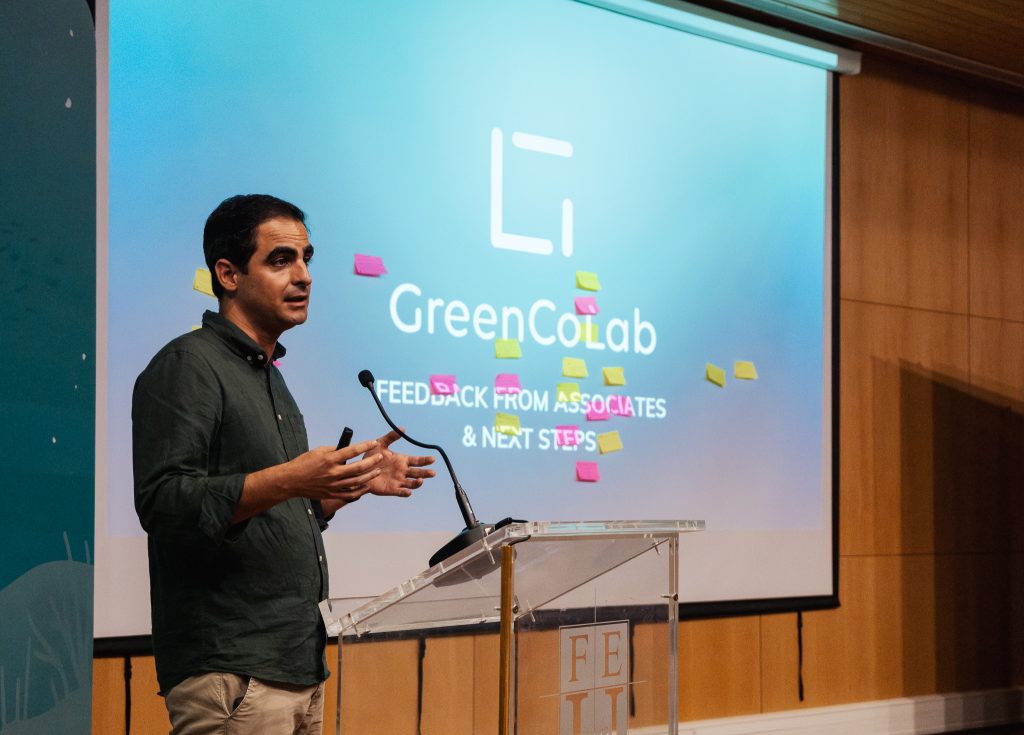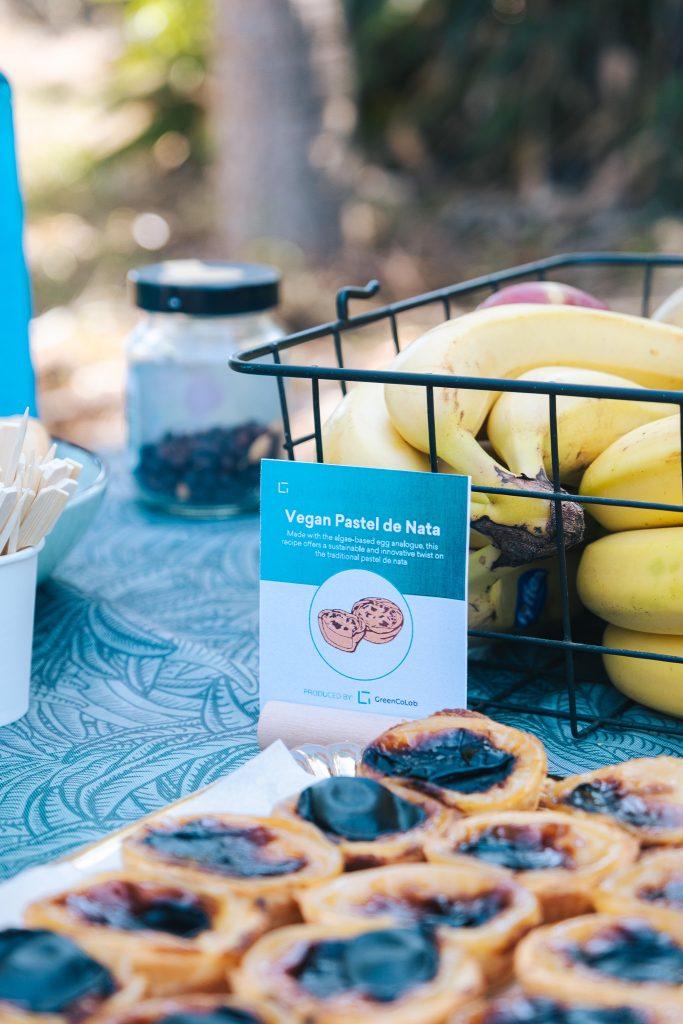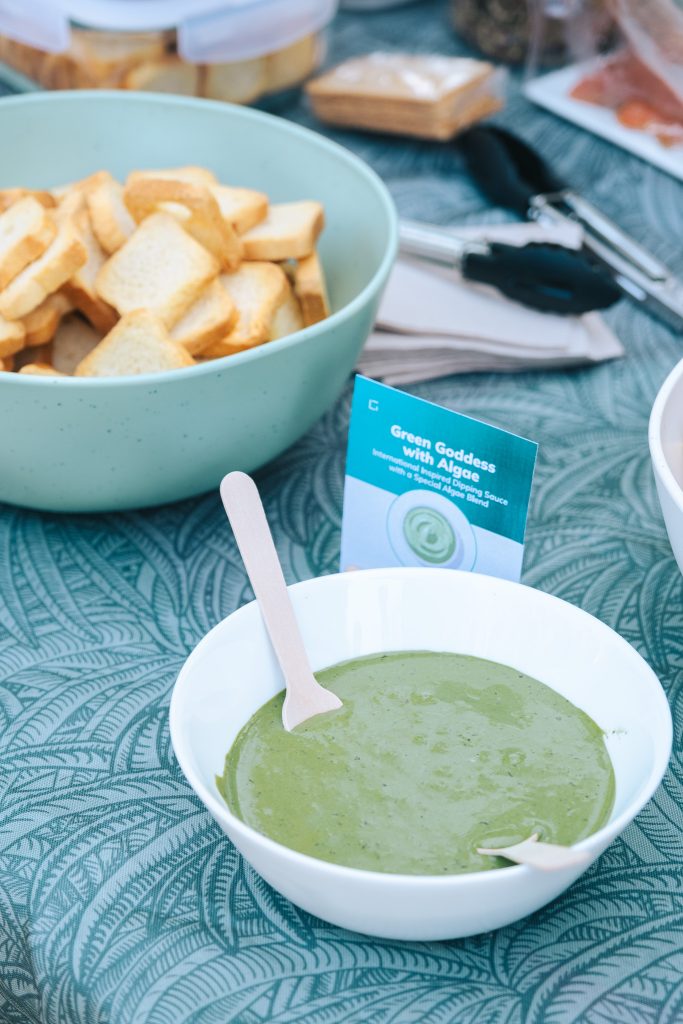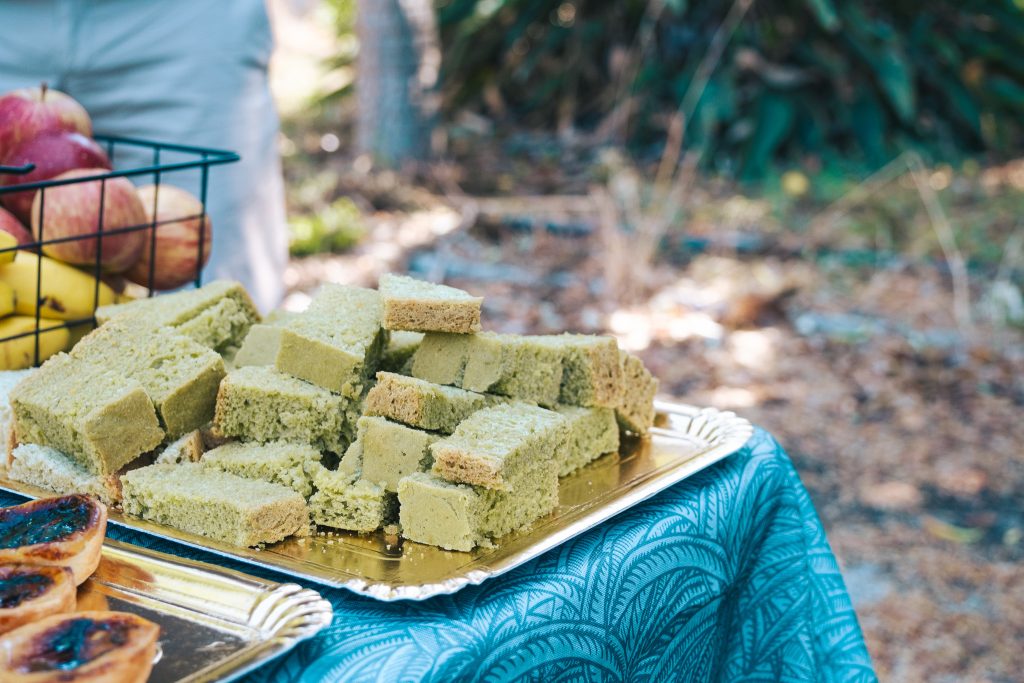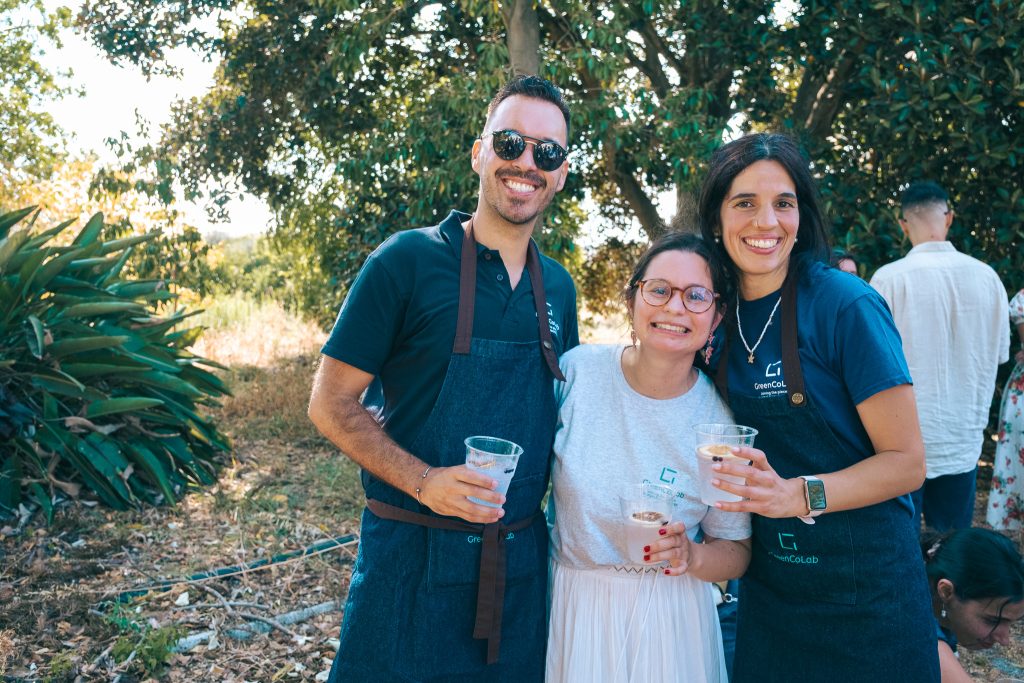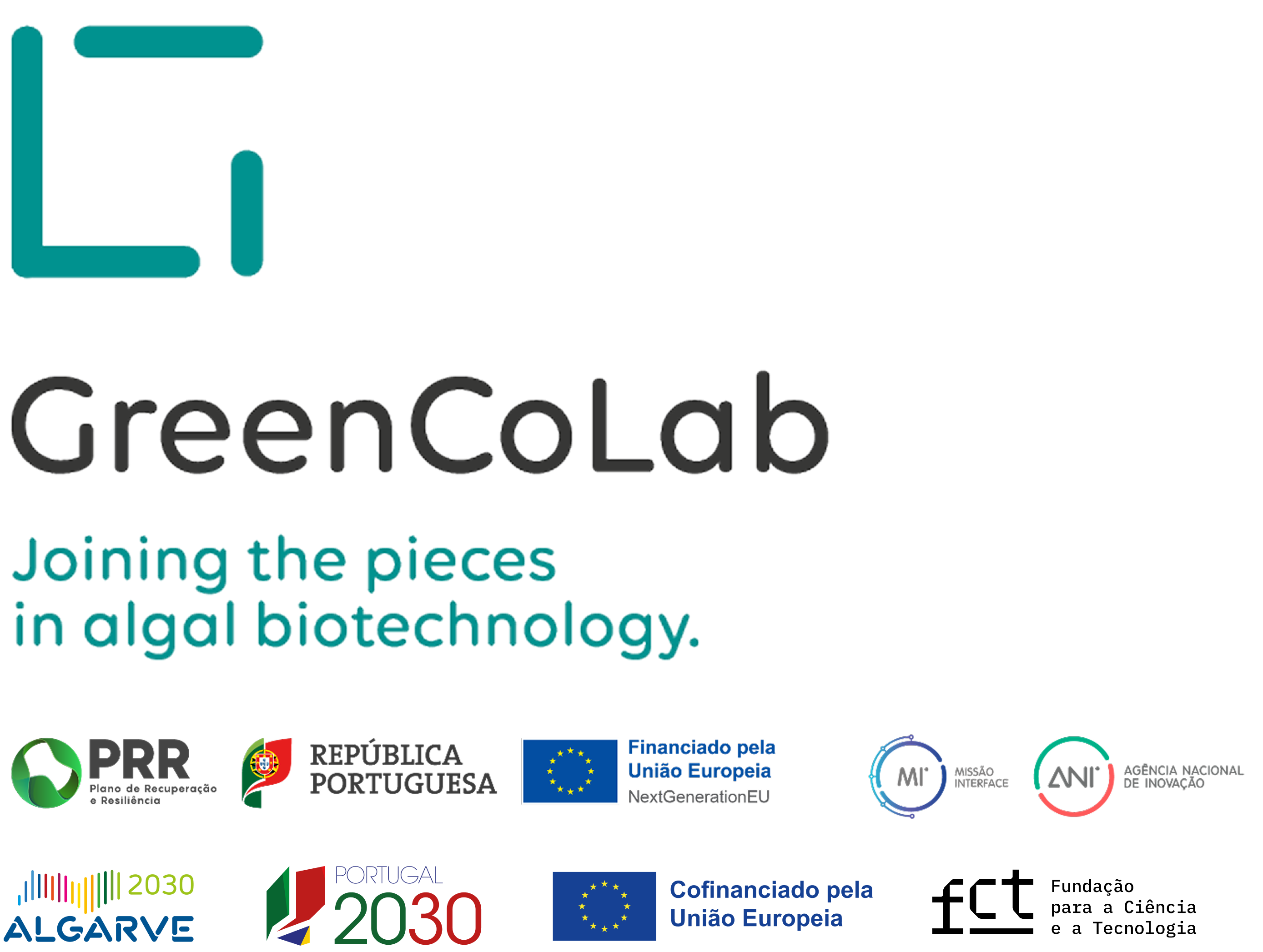From the north to the south of Portugal, the GreenCoLab associative community gathered for an event that officially marked the restart of a new tradition: an annual meeting dedicated to sharing, collaboration and strategic discussion around its I&D agenda.
On 4 July, the ‘CoLab Day’ event, with an enthusiastic turnout and highly positive feedback, reinforced the spirit of unity and innovation that characterises GreenCoLab and proved that this initiative is here to stay. The day began with an inspiring opening presentation on GreenCoLab’s ‘Past, Present and Future’, led by Hugo Pereira, who offered a comprehensive overview of scientific advances, prototypes under development, and future initiatives.
This was followed by presentations from the Working Groups and Technical Platforms by GreenCoLAb, where team leaders highlighted the main results achieved and the next steps to be taken. During the morning, new associates RIASEARCH (Jorge Dias ) and CIIMAR (Ralph Urbatzka) were also introduced, bringing valuable contributions to the scientific and collaborative debate.
The afternoon was dedicated to collaborative initiatives, with a group dynamic centred on brainstorming ideas for the future of science and development at GreenCoLab. This activity stimulated creative thinking and team spirit, demonstrating how collective intelligence can accelerate transformative solutions.
The day ended with a relaxed cocktail and snacks, with a special touch: seaweed supplied by ALGAplus, which added a delicious green flavour to the day.
The meeting took place in the garden of the future GreenCoLab facilities, located in the CCDR Algarve building (formerly DRAPALG), which is still undergoing renovation. During the guided tour of the works, participants were able to see firsthand the ambitious vision for the new space—a true centre for innovation in blue biotechnology.



